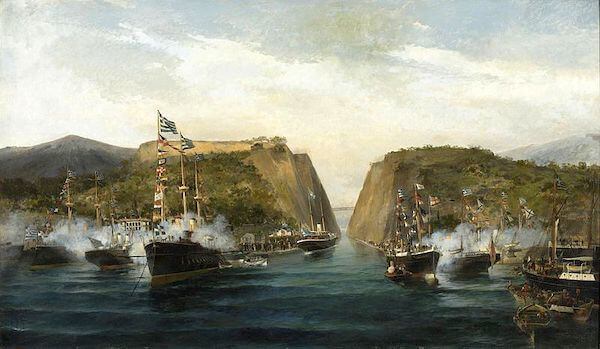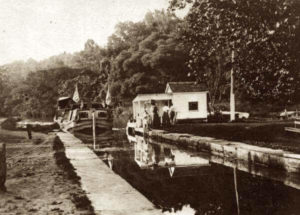Everything Old is New Again

My good friend Jeff Mann, the true Yard Ramp Guy, has asked me to revisit some of my original posts. This week in my From the Archives series: all about frequency and illusion...and frequency illusion.

Rinse, Dry, Repeat
The other day, one of my grandkids was telling me about a video game he’d been playing. Kids being kids in the 21st century, this was hardly an unusual occurrence, and I was only halfway paying attention. (And, um, please don’t tell Maggie; it’ll just encourage her conspiracy theory that I’m not listening.)
Then: a couple days later, a friend mentioned that their kids were playing that same game. And then I saw an ad for the game. And then I saw a news article about it. Now, this was not a new game or trendy fidget spinner-like sensation. It'd been around for a bit. So why, all of a sudden, was it appearing in my life?
It probably wasn't, actually. If I'd been paying attention, I'm sure I would have noticed this video game’s presence for some time.
The human brain tends to be extremely selective about what it pays attention to. This is sometimes known as the Baader-Meinhof phenomenon.
Essentially, what happens is that your brain gets really excited about this new thing and starts noticing it much more often, whereas before that same brain of yours might have just dismissed it as unimportant.
The Baader-Meinhof phenomenon has one of the weirder names in psychology. Most monikers for stuff like this have to do with its discoverer or researcher, but Baader-Meinhof was a West German terrorist group in the 1970s. It's actually a nickname; the frequency illusion is the preferred name.
An anonymous poster on an Internet forum had been discussing how he'd learned about the terrorist group. The next day, he came across a gaggle of seemingly random references to Baader-Meinhof, just as the name of my grandson’s video game kept popping into my life.
If this seems like a weird brain quirk, in terms of evolution, it actually makes a lot of sense. There's way too much happening in the world for us to really pay attention to all of it, so we need filters for the important stuff. Like video games. And everything Maggie says.
Yard Ramp Guy Blog: Enhancing Our Services
This week, my friend The Yard Ramp Guy is growing his business ⏤ naturally, in a really smart and strategic way. And his three new team members seem like just the right choices.
Click HERE to read about the evolution of the business.





